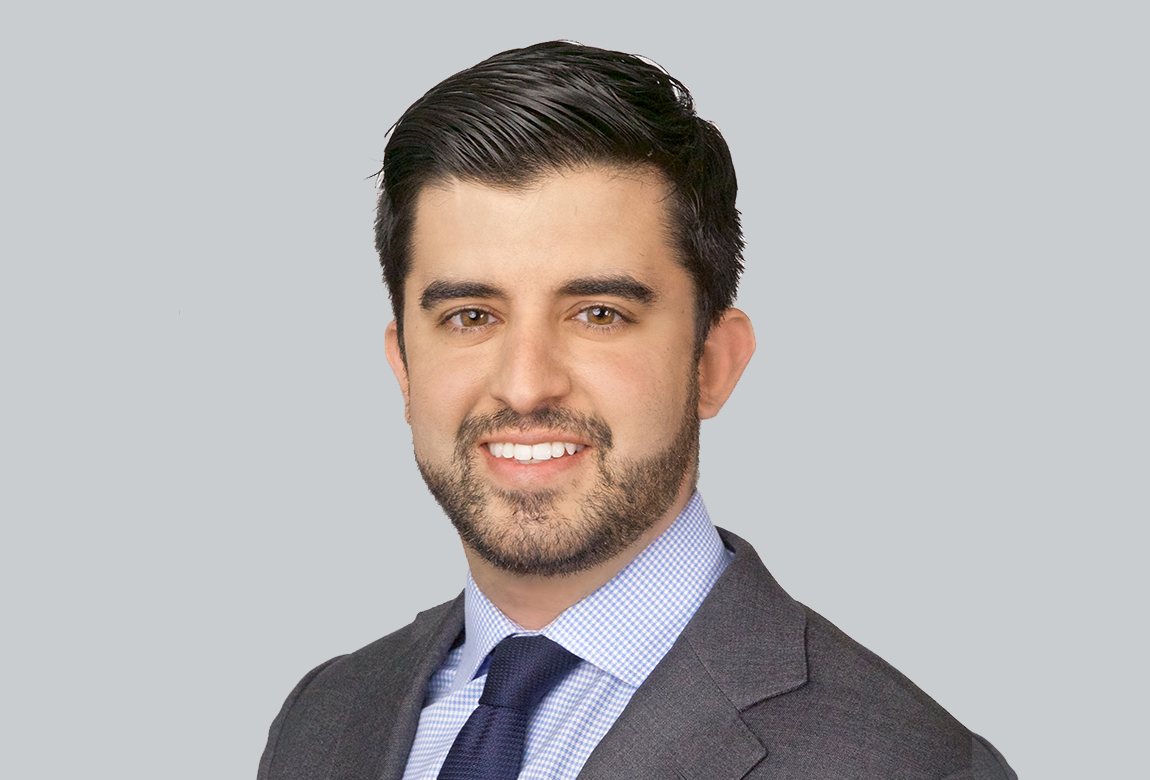
Dallas-Fort Worth is a unique market for physician real estate owners. The city’s growing population affords the benefits of a primary market, allowing a practice to operate in a large medical office building in a densely populated area alongside a major freeway all while creating synergies with neighboring providers. However, given DFW is less dense than other major metropolitan areas like San Francisco, Los Angeles, and New York, providers here have a unique opportunity. Physician groups can actually build their own facility at a reasonable price, allowing them to offer comprehensive services under one roof, providing a more convenient and cost-effective experience for patients.
Many physicians develop their own facility because it allows them to control their destiny, manage their occupancy cost, and become a real estate investor. We frequently encounter physicians focused solely on the benefits of flexibility, pride of ownership, and long-term monthly cash flow; they haven’t yet determined their long-term strategy for one of their largest investments.
Over the next decade we’ll see many physicians looking towards retirement. With 43% of physicians over the age of 55, near term turnover is imminent. That number is even higher for specialist providers such as Orthopods (52%), Urologists (48%), and Ophthalmologists (48%). Considering 75% of physician-owned practices have just 1-20 providers, physician turnover can have a major impact on a practice. But what does that mean for the real estate?
For many homeowners, if you want to move, you vacate your home and likely sell it for an appreciated value. For many small business owners, you lease from a landlord and operate under a short-term lease. For many commercial business owners, even if you retire, you still maintain equity in the business, which also owns the real estate.
Physician-owned clinical real estate is different. Most commonly, the practice and real estate entities are composed of different partners. If a health system buys your practice, they have little interest in buying your real estate. If a young physician joins your practice, they may not have the financial capability or desire to buy into the real estate, especially with medical school debt at an all-time high. Unlike other businesses where retired owners maintain some equity, if a physician retires, his ownership is liquidated and redistributed to existing or incoming partners.
Let’s say you retired and still own the real estate; you’re no longer in control of your tenant. The practice may continue to operate there, but likely under a short-term lease to maintain flexibility. If the practice vacates your building, you’re stuck trying to sell a large special-purpose facility. Most office users don’t need a 20,000 SF facility with a large waiting area and layout suited to delivering healthcare services. In DFW, the current average sale price for vacant medical office buildings between 10,000 and 50,000 square feet is $93 per square foot, and that’s after being on the market ten and a half months. To put this in perspective, the cost to construct a new medical office building can range between $150-$250 per square foot, and the average value of medical office properties structured as investment sales is $299 per square foot.
Based on the numbers, it’s apparent that the best time to sell your real estate is while you remain operating in it, thus positioning it as an investment sale. For owner-occupiers like physician practices, this transaction is known as a sale-leaseback. A sale-leaseback is simply a real estate sale simultaneous with executing a new long-term lease. In this type of transaction, the real estate is often sold to a 3rd party institutional investor seeking a stream of consistent rental cashflow. Instead of paying rent to yourself, the practice now pays rent to a third-party landlord.
Collin Hart, CEO & Managing Director of ERE Healthcare Real Estate Advisors points out, “Even if a real estate sale doesn’t meet your current objectives, addressing potential partnership challenges early will maximize the value and security of your investment.”
At first, a sale-leaseback may sound similar to a reverse mortgage or a loan. While it’s not quite that, it’s certainly an alternative finance structure. These sales are commonly used by larger corporations as a way to free up capital for investment in other areas, without carrying debt on their balance sheet. However, for many physician-owned practices, this model can be used strategically. A sale and leaseback gives physicians the ability to cash out of their real estate at a peak in the market. At the same time, this type of sale solves challenges related to partnership structuring, recruitment, turnover, and succession planning. With demand for healthcare real estate investments on the rise, these transactions can be structured with limited personal liability, providing flexibility for retirement during the term of the lease, without financial exposure.
Over the last few decades, owning a medical facility has given physicians flexibility; however, divesting of your real estate can create opportunities for the future.
Marc Flynn is a Director with ERE Healthcare Real Estate Advisors where he specializes in identifying investment grade clinical real estate and advises physician owners on sale-leaseback transactions.





